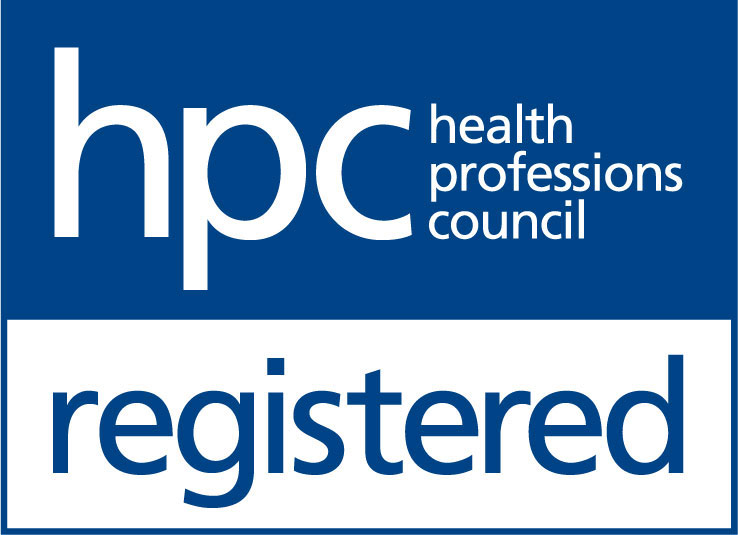An ingrown toenail grows into the skin resulting in a wound, which can be extremely painful to touch and release yellow discharge. With every step you take, an ingrown toenail cuts into the flesh, making it a constant source of pain. Simple things like bed sheets touching an ingrown toenail can cause excruciating pain.
The good news is that there are many treatment options available to deal with this problem, so there is no need to suffer. For a small proportion of people an ingrown toenail can be a one-off occurrence. Wearing tight fitting shoes or cutting the nail incorrectly can flare up the problem. In this case, a Podiatrist can usually offer a clear & cut to help settle the problem.
However, for many patients, ingrown toenails come back regularly, becoming a constant source of pain. In this case the Podiatrist will recommend a minor procedure known as nail surgery/avulsion. This may sound scary, but the word surgery is used as a local anaesthetic needs to be administered before the procedure is carried out. The anaesthetic we administer is very similar to the one used by Dentists for fillings, to ensure you are completely pain free during the procedure. Many patients fear needles, which puts them off from proceeding with the procedure. However, these patients will endure much more pain during routine appointments to manage the ingrown toenail. At Podiatry Station, we will treat you with the utmost care ensuring the patient is comfortable throughout their treatment journey with us.
With minimal disruption and hardly any time needed away from work/school, nail surgery can provide you with a permanent solution to pain relief. There is no need to suffer alone. Read our happy reviews on Google or at Reviews.co.uk.
If you are interested in this life changing treatment for your ingrown toenail, contact Podiatry Station and book a consultation with a specialist Podiatrist today! Click here to find out more about ingrown toenail surgery or call our helpful team on 02033270194.








